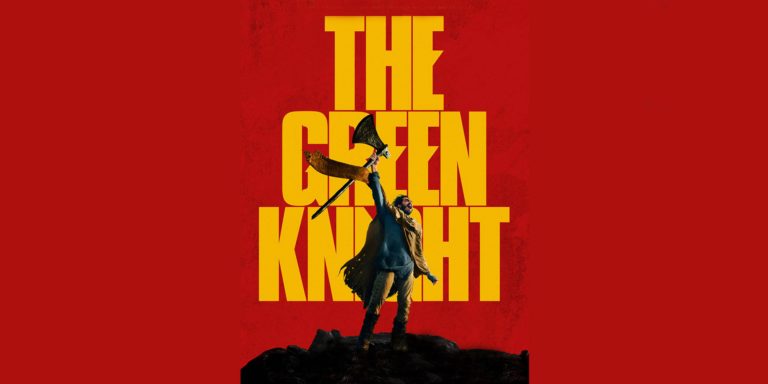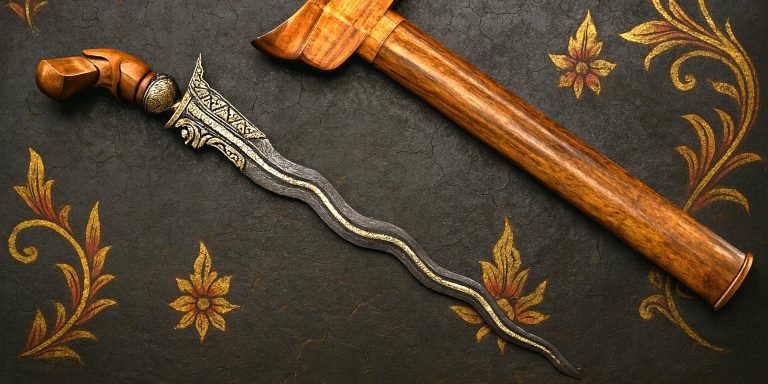
Cú Chulainn sits at that crossroads where Iron Age memory, medieval storytelling and raw imagination meet. When you study him, you feel the tug of something older than the manuscripts, something shaped by warrior culture and ritual. Yet you also see the careful hands of monastic scribes polishing a legend. What follows is a grounded account built from archaeology, saga material and the uneasy space in-between.
Origins and Personality
The earliest stories belong to the Ulster Cycle, most famously preserved in the Lebor na hUidre and the Book of Leinster. These manuscripts are medieval, but the world they describe carries an Iron Age flavour.
He begins life as Sétanta, a boy with an awkward habit of killing dangerous animals on his way to dinner. After slaying the great hound of Culann, he replaces it, earning the name Cú Chulainn, the hound of Culann. The transformation feels symbolic, as if he steps into a role demanded by society before he properly understands it.
His defining trait is intensity. Whether facing foes, friends or fate, he moves with the urgency of someone who burns too brightly. The ríastrad, his battle frenzy, pushes this to extremes. Medieval writers describe his body twisting into something unrecognisable. You can almost hear echoes of warrior initiation rites buried in those descriptions.
Arms and Armour
When you look at his equipment with an archaeological eye, the sagas become a mixture of embellishment and genuine cultural memory.
Spears
The standout is the Gae Bolga, a deadly spear that expands inside the body in the tales. Obviously supernatural, yet it hints at barbed spears and prestige weapons known in Iron Age Europe. More practical javelins appear throughout the stories, ideal for chariot combat.
Sword
His sword is usually described as bright or keen. Early Irish swords tended to be long slashing blades with leaf shaped profiles. They were not heavy armour-piercing tools but carried strong social symbolism. The way the sagas linger on the sheen of his blade says more about status than metallurgy.
Shield and Protection
Iron Age Ireland did not favour heavy armour. Shields were the main defence, supported by speed and agility. Occasional mentions of shining armour in the sagas are likely narrative flourishes. Linothorax or leather padding is more plausible.
Chariot
The two horse chariot with his driver Láeg is one of the most historically grounded features. Chariotry is well attested in La Tène Europe and survives in Irish narrative long after it vanished elsewhere. His mobility and shock tactics make a lot more sense with this in mind.
Battles and Deeds
The Táin Bó Cúailnge
The Cattle Raid of Cooley dominates his legend. Medb of Connacht marches into Ulster to claim a prize bull. Because of a ritual curse, Ulster’s warriors are incapacitated. Only Cú Chulainn stands ready.
He holds the fords alone, meeting champion after champion in single combat. As a historian you read these scenes with one eyebrow raised, but you cannot deny the dramatic craft. They show a culture fascinated by honour challenges and heroic duels.
The Duel with Ferdiad
His battle with Ferdiad, foster brother and comrade, is the emotional centre of the Táin. Their fight reflects the tension in warrior societies where loyalty and rivalry collide. It also shows the sagas at their most human. Victory arrives hand in hand with grief.
Wider Campaigns
Across the Ulster Cycle, he raids, defends borders and trains abroad. The pattern holds steady. He is the ultimate champion, called upon when ordinary warriors fail.
Military Acumen
He is not a general in the strategic sense. He is a weapon. He chooses ground that suits mobility, chariot manoeuvre and single combat. He uses intimidation and speed. These are traits that fit Iron Age combat far better than the more static, shield-wall driven warfare of later centuries.
His training under Scáthach in Alba likely reflects elite martial instruction preserved in cultural memory. Many Indo European warrior cultures maintained youth bands or specialist champions. Cú Chulainn carries that imprint clearly.
Death and Legacy
His death is suitably theatrical. Struck by enchanted weapons and betrayed through trickery, he binds himself to a standing stone so he can face his enemies upright. Only when a raven lands do they believe he is dead.
This image has enormous staying power. It expresses everything his society prized, wrapped in tragedy. Strength carried to the bitter end.
Throughout medieval Ireland, he becomes a touchstone for heroism, used by poets, kings and even churchmen who found value in the old stories despite their pagan roots.
Historical Basis
There is no hard evidence for a historical Cú Chulainn. Instead we see a fusion of mythic archetype, cultural memory and political storytelling. He might echo real champions from early Ireland. He might be a composite. The truth is probably scattered among generations of oral tradition.
As a historian, I sometimes think his persistence tells us more about medieval Irish identity than about any real Iron Age warrior. Heroes last when societies choose to keep them alive, and Ireland chose him with extraordinary devotion.
Watch the documentary:



